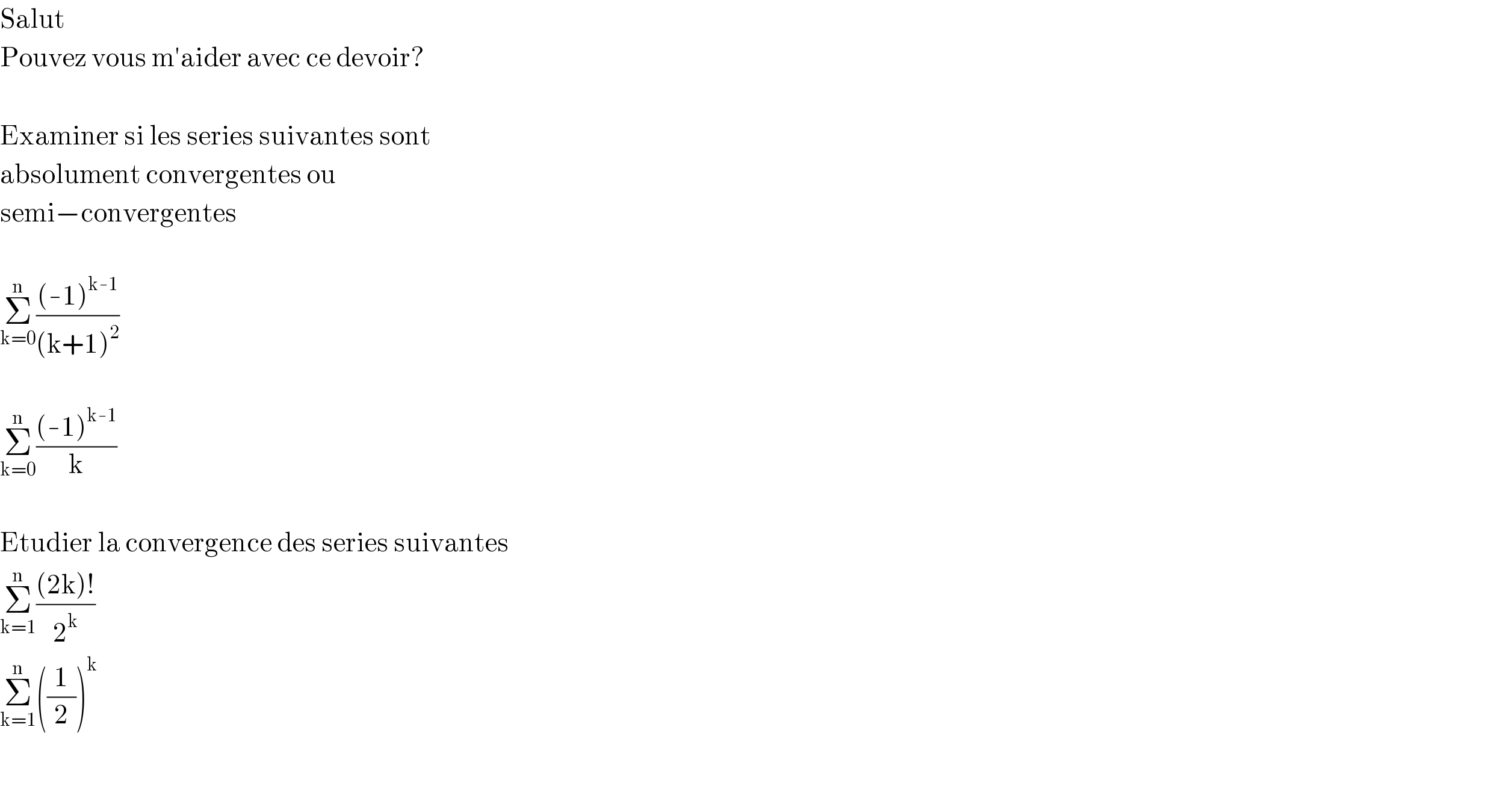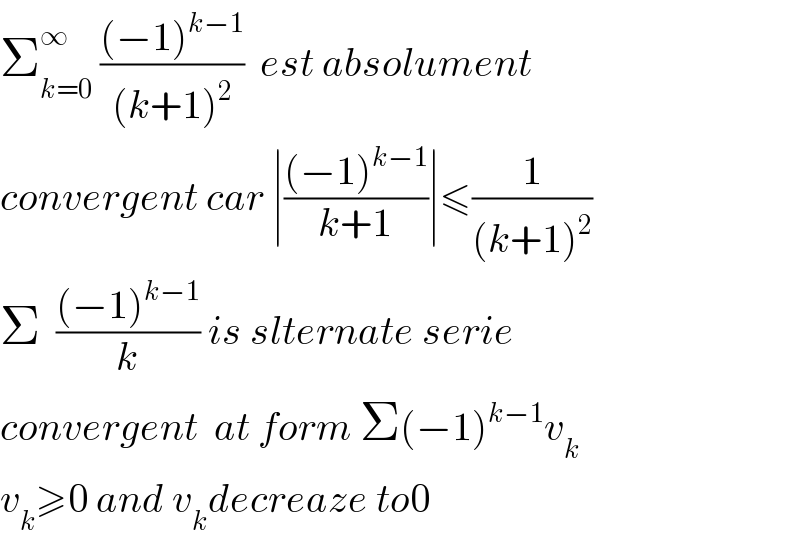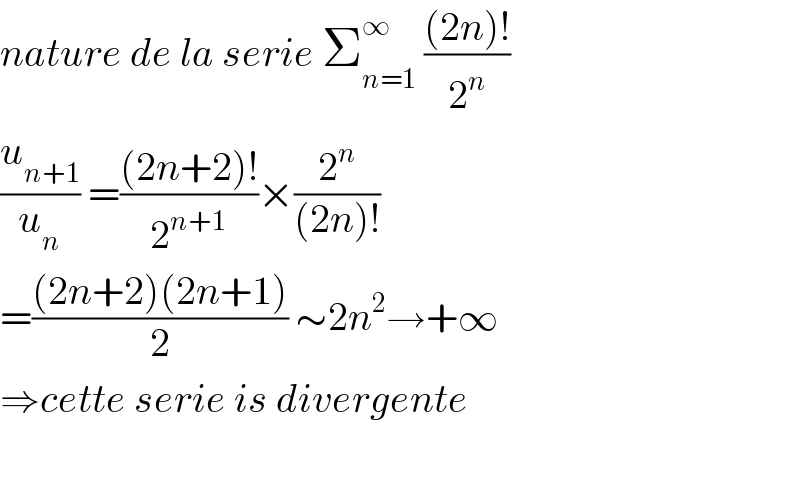
Question and Answers Forum
Question Number 118952 by Backer last updated on 21/Oct/20

Answered by Bird last updated on 21/Oct/20

Answered by Bird last updated on 21/Oct/20

| ||
Question and Answers Forum | ||
Question Number 118952 by Backer last updated on 21/Oct/20 | ||
 | ||
Answered by Bird last updated on 21/Oct/20 | ||
 | ||
| ||
Answered by Bird last updated on 21/Oct/20 | ||
 | ||
| ||